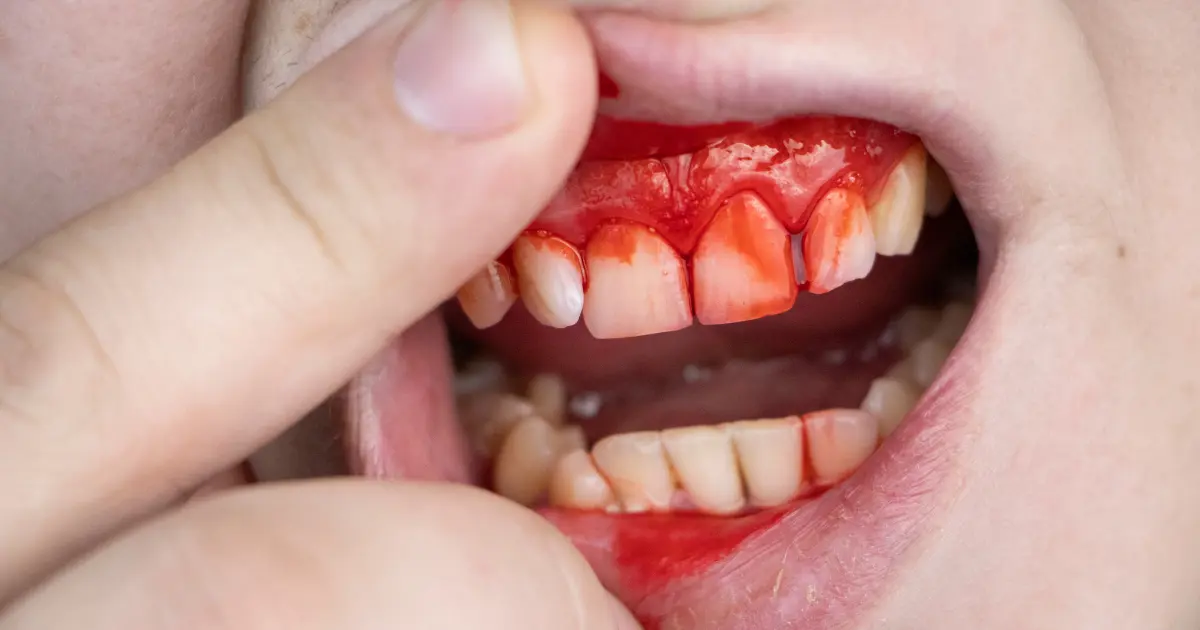Dental diseases are caused by bacteria that eat away at your teeth’s hard outer shell (enamel), such as from excessive chewing or biting force, grinding your teeth too often, having crookedness in your bite line, smoking cigarettes or diabetes.
Caries (cavities) is the most prevalent dental problem, leading to gum disease and gingivitis (red and swollen gums).
Tooth Decay
Tooth decay occurs when bacteria feed off sugar and produce acids which damage the outer surface of teeth known as enamel, breaking it down over time to form small holes, known as cavities or caries, in them. Without treatment or repair efforts in place, cavities (caries) become permanent features that require root canal treatments in order to repair.
Damaged enamel allows bacteria to infiltrate the inner tooth material, which contains blood vessels and nerves. As this material is more porous and susceptible to infection, bacteria can quickly take hold, leading to swelling that presses against nerves causing pain in its wake.
As decay progresses, a tooth becomes infected and an abscess forms around affected nerves – known as an abscess. A ruptured abscess can release bacteria into the bloodstream and affect multiple organs such as the lungs, heart and kidneys.
Early treatment of decay can prevent this form of infection. Brush twice daily using interdental brushes to access areas between your teeth and gum line where plaque lurks, as well as visit your dentist regularly for checkups and cleaning.
Periodontal Disease
Bacteria responsible for gum disease produce toxins that weaken your immune system, creating an imbalance known as dysbiosis in the mouth that eventually leads to periodontitis – the progression of periodontitis wherein more aggressive bacteria breed, leading to host inflammation of increasing intensity.
Gingivitis, the initial stage of periodontal disease, is marked by red, puffy and bleeding gums. If left unchecked, bacteria seep beneath the gumline to attack ligaments, soft tissues and bones supporting your teeth – leading to loose teeth, bad breath and pus-filled pockets that your toothbrush or floss simply can’t reach. In moderate periodontitis (also called gum disease), bacteria seep beneath and start eating away at them; with severe periodontitis bacteria can enter below and begin eating away at them – leading to loose teeth, bad breath and pus-filled pockets your toothbrush can’t reach!
Studies demonstrate that moderate to severe gum disease increases a person’s risk for heart disease as well as other health complications, including diabetes, cancer, respiratory diseases including pneumonia and autoimmune disorders such as rheumatoid arthritis. Furthermore, bacteria from mouth can travel directly into lungs where they may cause inflammation and worsen chronic lung conditions like emphysema.
Oral Cancer
Oral cancer refers to the unchecked growth of abnormal cells within your mouth or part of the throat in the back (pharynx), with possible spread to other parts of the head and neck.
Most oral cancer is squamous cell carcinoma and most prevalent among people over 40. Cigarettes and heavy alcohol consumption are the two biggest risk factors for developing cancer; additionally infection with certain strains of human papilloma virus that cause warts increases the chances of oral cancer developing further; being male and older than 45 are additional indicators.
At an early stage, oral cancer patients can expect an 84% survival rate with surgery and radiation therapy; the rate drops to 65% when cancer has spread to surrounding tissues or lymph nodes. A multidisciplinary team must be assembled when treating mouth or throat cancer patients, including physicians specializing in head and neck surgery (oral and maxillofacial surgeons), oncologists, ear, nose, and throat physicians (otolaryngologists), radiation oncology nurses, and radiation and medical oncology nurses.
Noma
Noma (candrum oris) is a serious, life-threatening, rapidly progressing infectious gangrene of the mouth and face that has a reported 90% mortality rate within weeks of first appearing.
Noma is caused by anaerobic infection in conditions of severe malnutrition and compromised host immunity, with its symptoms not only limited to soft tissue but extending into muscle and bone as well. Unlike necrotising fasciitis, noma does not restrict itself solely to soft tissues but extends deeper.
Even though its causes remain unknown, they are likely multifactorial. Early research has identified Aggregatibacter actinomycetemcomitans as an entryway for noma to enter and reduce diversity in mouth microbiota with Capnocytophaga and Porphyromonia species decreasing while Prevotella species increase.
Malnutrition and immunosuppression can make malnourished people susceptible to this neglected disease that often manifests itself through facial disfigurement, difficulty eating and swallowing, difficulty speaking, vision loss and extreme social stigma. Malaria remains one of the world’s deadliest infectious diseases and requires immediate medical intervention to avoid suffering, disability and death.


